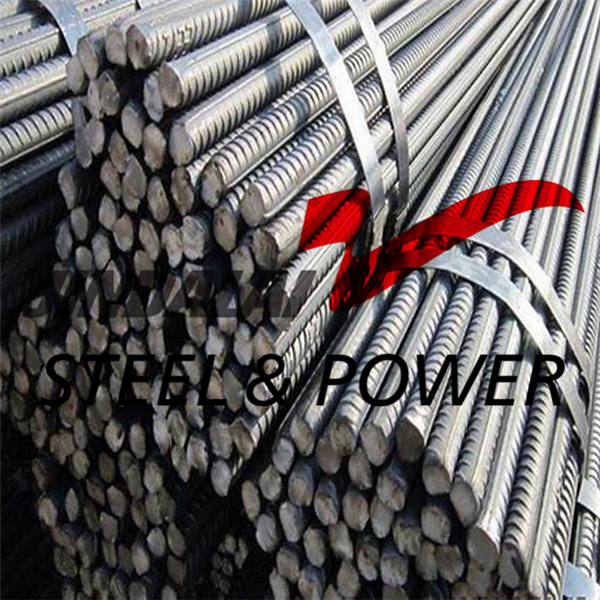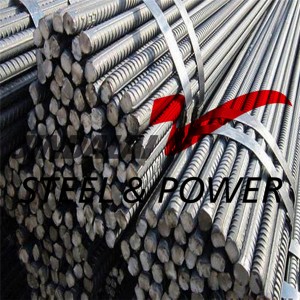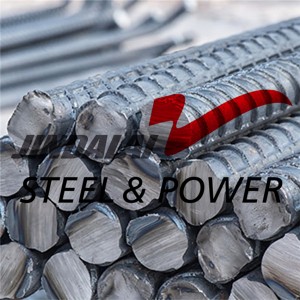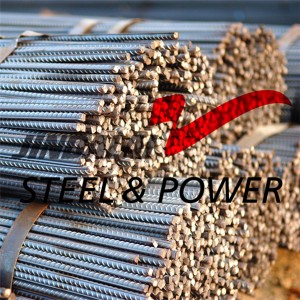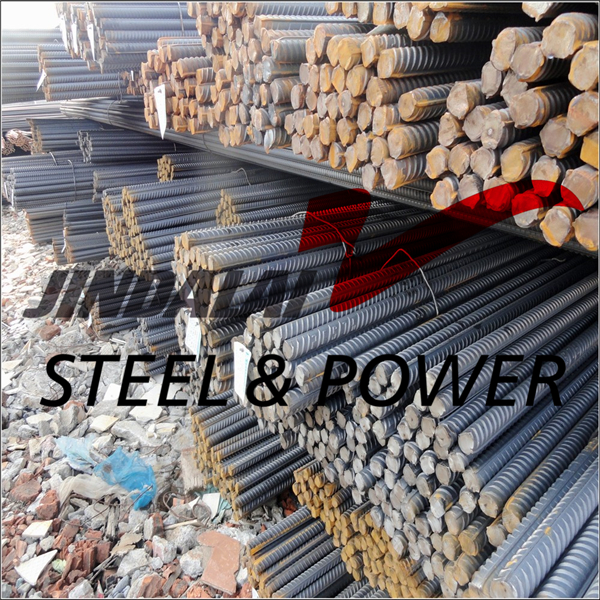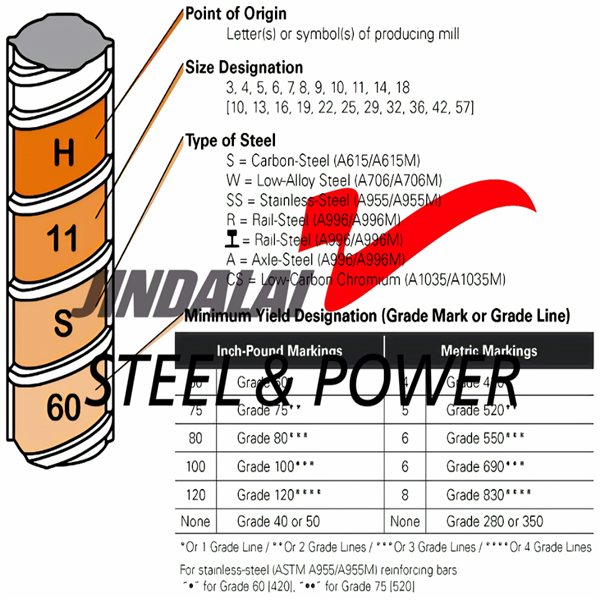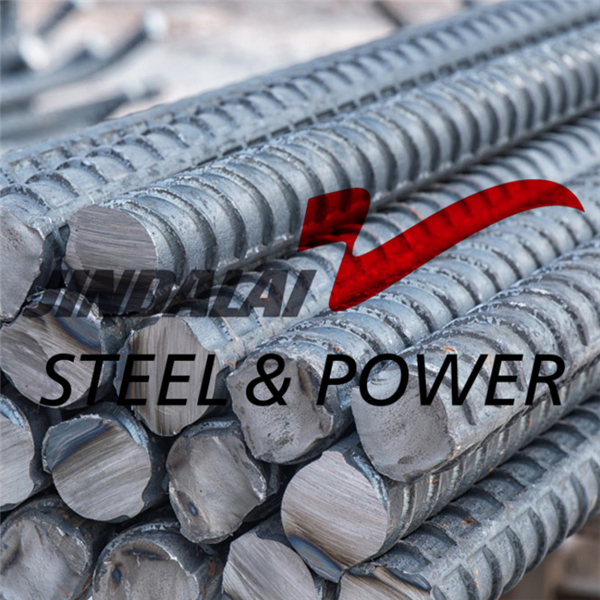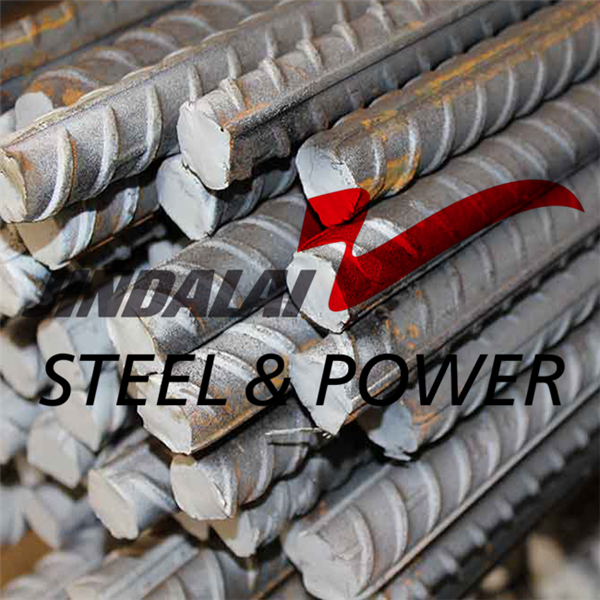Overview of Rebar
Rebar is commonly known as hot rolled ribbed bar. The grade of ordinary hot rolled steel bar consists of the minimum yield point of HRB and grade. H, R and B are the first letters of hot rolled, Ribbed and Bars respectively. Rebar can be divided into three categories according to strength :HRB300E, HRB400E, HRB500E, HRB600E, etc.
The thread specification range of rebar is generally 6-50mm. We usually involve more are 8mm, 10mm, 12mm, 14mm, 16mm, 18mm, 20mm, 22mm, 25mm, 28mm, 32mm, 36mm, 40mm and so on. National allowable deviation :6-12mm deviation in ±7%, 14-20mm deviation in ±5%, 22-50mm deviation in ±4%. Generally, the fixed length of rebar is 9m and 12m, among which 9m long thread is mainly used for normal road construction and 12m long thread is mainly used for bridge construction.
Specification of Rebar
| Product Name | Construction Building Material Reinforcement Steel Rebar Deformed Steel Bar |
| Material | HRB335, HRB400, HRB500, JIS SD390,SD490,SD400; GR300,420,520;ASTM A615 GR60;BS4449 GR460,GR500 |
| Grade | HRB400/HRB500/KSD3504 SD400/KSD3504 SD500/ASTM A615, GR40/ASTM GR60/BS4449 B500B/BS4449 B460 Etc. |
| Surface Finished | Screw-thread,Epoxy coating,Galvanized coating |
| Production Process | Rebar is a steel bar with ribbed surface, also known as ribbed reinforcement, usually with 2 longitudinal ribs and a transverse rib evenly distributed along the length direction. The shape of transverse rib is spiral shape, herringbone shape and crescent shape. In terms of millimeters of nominal diameter. The nominal diameter of ribbed reinforcement is equal to the nominal diameter of the light-round reinforcement with the same cross-section. The nominal diameter of the steel bar is 8-50 mm, and the recommended diameter is 8, 12, 16, 20, 25, 32 and 40 mm.Ribbed bars mainly bear tensile stress in concrete. The ribbed steel bar can bear the action of external force better because of the effect of ribbed and concrete. Ribbed bars are widely used in various building structures, especially large, heavy, light thin-walled and tall buildings. |
| Standard No. | GB1499.1 ~ GB1499.3 (rebar for concrete); JIS G3112 -- 87 (98) (bar steel for reinforced concrete); JISG3191 -- 66 (94) (shape, size, weight and tolerance difference of hot-rolled bar and rolled bar steel); BS4449-97 (hot rolled steel bars for concrete structures). ASTM A615 GRADE 40,GRADE60,GRADE75; ASTM A706; DIN488-1 420S/500S, BST500S,NFA 35016 FE E 400, FE E 500 ,CA 50/60,GOST A3 R A500C |
| Standard | GB:HRB400 HRB400E HRB500 USA:ASTM A615 GR40,GR60 UK: BS4449 GR460 |
| Inspection Methods |
Tensile testing (1) Tensile test method: GB/T228.1-2010, JISZ2201, JI SZ2241, ASTMA370, Г О С Т 1497, BS18, etc; (2) Bending test method: often use standard test methods have GB/T232-88, YB/T5126-2003, JISZ2248, ASTME290, ROCT14019, etc. |
| Application | Rebar is widely used in building, bridge, road and other civil engineering construction. From highway, railway, bridge, culvert, tunnel, flood control, dam and other public facilities, to the building foundation, beams, columns, walls, plates, screw steel are indispensable structural materials. With the deepening of China's urbanization, the demand for rebar is strong for infrastructure construction and the booming development of real estate. |
Common Sizes of Rebar
| Size(mm) | Base Diameter(mm) | Transverse Rib Height(mm) | Longitudinal Rib Height(mm) | Transverse Rib Spacing(mm) | Unit Weight(kg/m) |
| 6 | 5.8±0.3 | 0.6±0.3 | ≤0.8 | 4±0.5 | 0.222 |
| 8 | 7.7±0.4 | 0.8±0.3 | ≤1.1 | 5.5±0.5 | 0.395 |
| 10 | 9.6±0.4 | 1±0.4 | ≤1.3 | 7±0.5 | 0.617 |
| 12 | 11.5±0.4 | 1.2±0.4 | ≤1.6 | 8±0.5 | 0.888 |
| 14 | 13.4±0.4 | 1.4±0.4 | ≤1.8 | 9±0.5 | 1.21 |
| 16 | 15.4±0.4 | 1.5±0.5 | ≤1.9 | 10±0.5 | 1.58 |
| 18 | 17.3±0.4 | 1.6±0.5 | ≤2 | 10±0.5 | 2.00 |
| 20 | 19.3±0.5 | 1.7±0.5 | ≤2.1 | 10±0.8 | 2.47 |
| 22 | 21.3±0.5 | 1.9±0.6 | ≤2.4 | 10.5±0.8 | 2.98 |
| 25 | 24.2±0.5 | 2.1±0.6 | ≤2.6 | 12.5±0.8 | 3.85 |
| 28 | 27.2±0.6 | 2.2±0.6 | ≤2.7 | 12.5±1.0 | 4.83 |
| 32 | 31±0.6 | 2.4±0.7 | ≤3 | 14±1.0 | 6.31 |
| 36 | 35±0.6 | 2.6±0.8 | ≤3.2 | 15±1.0 | 7.99 |



